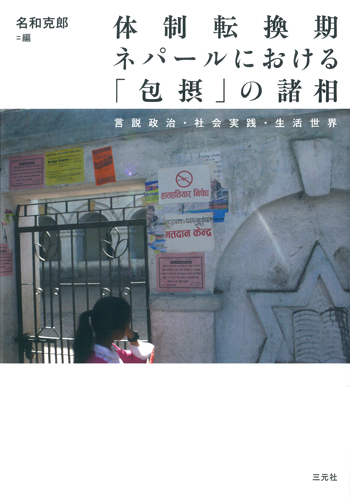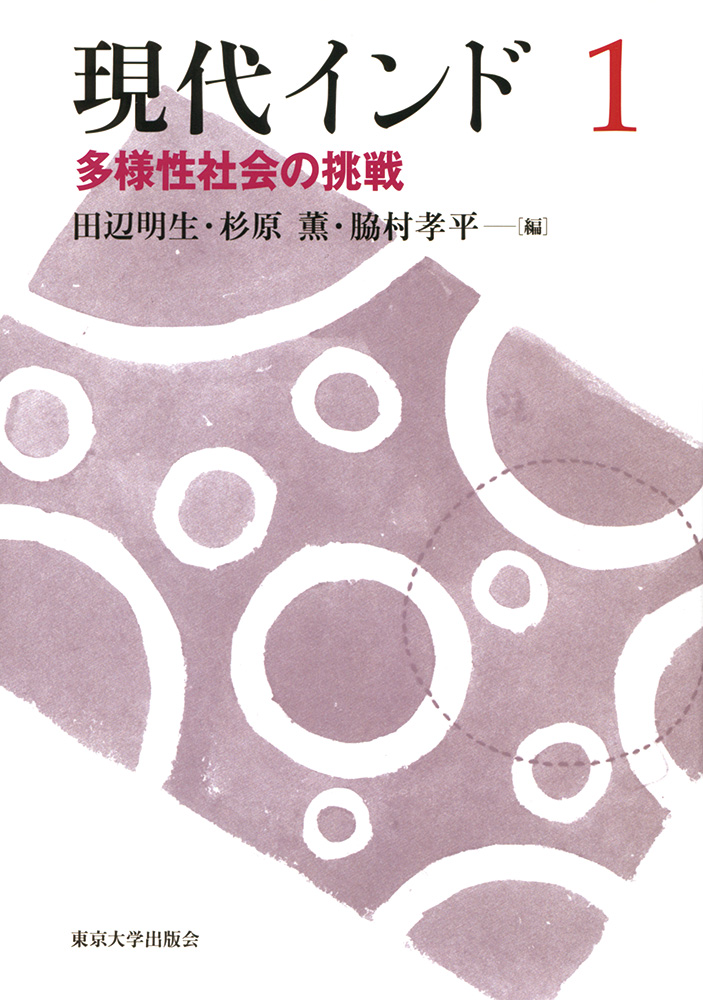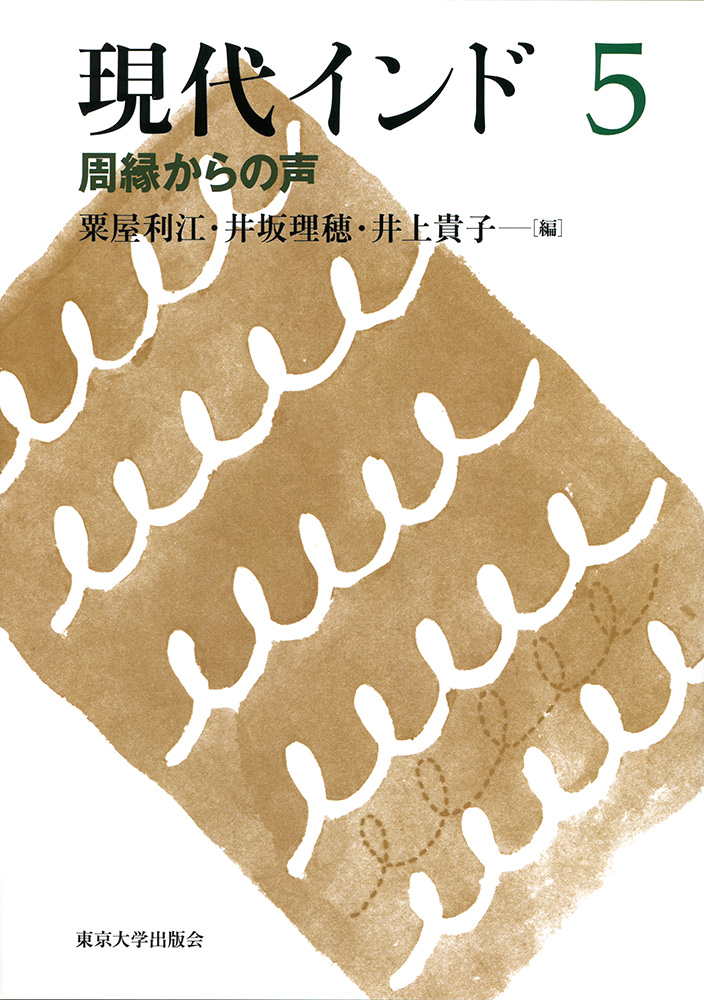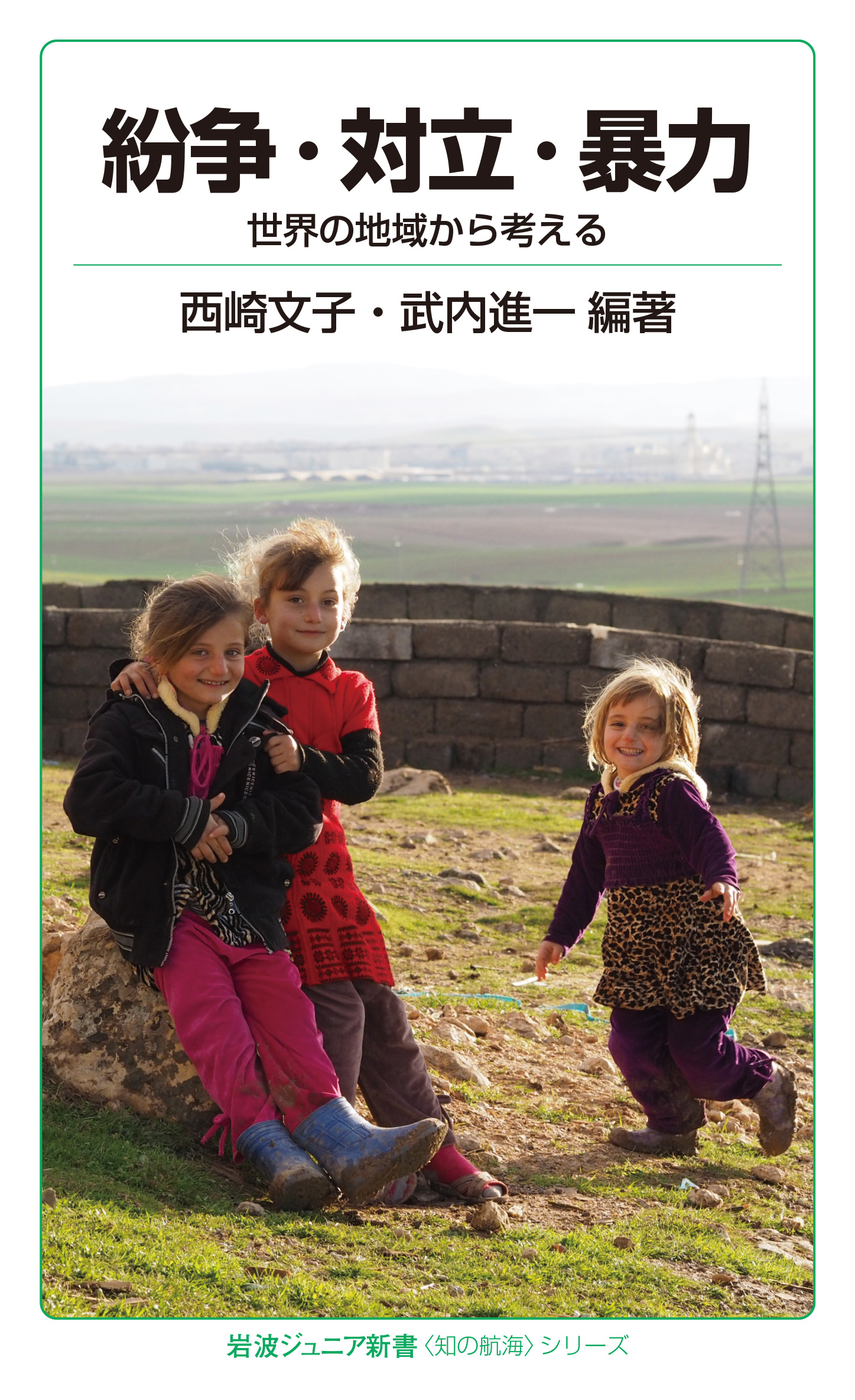
Title
Taisei Tenakanki Nepal ni okeru “Housetsu” no Shosou (Aspects of "Inclusion" in Nepal during the Transitional Period: Discursive Politics, Social Practices, and Lived Worlds)
Size
592 pages, A5 format, hardcover
Language
Japanese
Released
March 17, 2017
ISBN
978-4-88303-433-8
Published by
Sangensha
Book Info
See Book Availability at Library
Japanese Page
Since 2006, after the second People’s Movement for democracy and the end of the ten-year-long “People’s War”/“Maoist Insurgency,” Nepal has experienced a more than ten-year-long transitional period from a Constitutional Hindu Kingdom to a Secular Federal Republic. The word “inclusion” and its Nepali equivalent “samāveśīkaraṇ” were widely used and debated during this period concerning the shape and composition of the New Nepal. This volume is a collection of essays, mainly by Japanese sociocultural anthropologists who have carried out their long-term field research in the Himalayas, which discusses various aspects of “inclusion” in Nepal, focusing on the inter-relationship between political discourses and social practices regarding “inclusion” within the multilayered and changing lived worlds both in and outside Nepal.
The first two chapters (Katsuo Nawa, Hiroshi Ishii) deal with the transformation of official group categories and the logic behind it, in constitutional laws and national censuses, respectively. Following these are chapters dealing with “caste,” “ethnic,” or “regional” categories: the development of caste representation by Kadgi (a Newar caste) (Kanako Nakagawa); the changing experiences of several Gandharvas from members of a Dalit musical caste of Gaine to lahure emigrants (Izumi Morimoto); the practical democratization and new schisms among the Chepang (an “indigenous nationality”) (Ken’ichi Tachibana); and movements for ethnic autonomy by Madhesi and Tharu (Tatsuro Fujikura). The next chapter (Seika Sato) critically analyzes the position of women in the political discourse of Nepal. This is followed by chapters analyzing non-hereditary “communities”: a community of survivors of human trafficking, and street children in Kathmandu (Masako Tanaka, Yohei Takata). Two chapters discuss the issue of religion/dharma on mushrooming umbrella organizations among Protestants (Mitsuru Niwa) as well as on the entangled relationship between Tibetan Buddhism and Himalayan Buddhists (Yusuke Bessho). Two chapters relate to the issue of inclusion with international migration, discussing the impacts of labor migration to the Middle East and Malaysia (Makito Minami) and the “continuation of Nepali citizenship” movement by non-resident Nepalis (Taeko Uesugi), respectively. The last chapter is on religion and kingship in the democracy of contemporary Bhutan, the recent political trajectory of which has been highly contrastive to that of Nepal (Mari Miyamoto).
Together, this volume demonstrates the interconnected and changing discourses and practices in transitional Nepal in relation to the concept of “inclusion,” which was recognized as an almost unquestionable national agenda. We paid particular attention to various frictions caused by often-contested applications of this concept as well as the changing situations of various lived worlds, which have not been often discussed under this concept. This volume can also be read as a collection of political anthropological accounts of post-2006 Nepal, as each chapter ethnographically locates what was debated as well as what can be analyzed in terms of “inclusion” within wider socio-political contexts.
(Written by Katsuo Nawa, Professor, Institute for Advanced Studies on Asia / 2018)



 Find a book
Find a book




